If there are no roads is it still a road trip?
By Nicholas Bredimus
As I piece together moments in time, I struggle with old facts. For example, why did our father, Robert L. Bredimus, take a road trip to the Black Hills of South Dakota? It was in September 1930 and his friend, Owen Kinnard, accompanied him. Was there anyone else along with them who photographed the two them wearing their Berets and holding canes? Dad bought an expensive Leica camera the same year and I’m surprised there aren’t more photographs. They drove in a Ford Model A. Did Dad purchase that car new or used? I never realized they also drove into Wyoming near Sundance, the home of the famous film festival. The roads were nonexistent or unpaved beyond their hometown of Des Moines Iowa. Our father and his friends sailed to France a few months later. What a huge outlay of money and so close to the 1929 stock market crash. Were they wealthy? I doubt it.
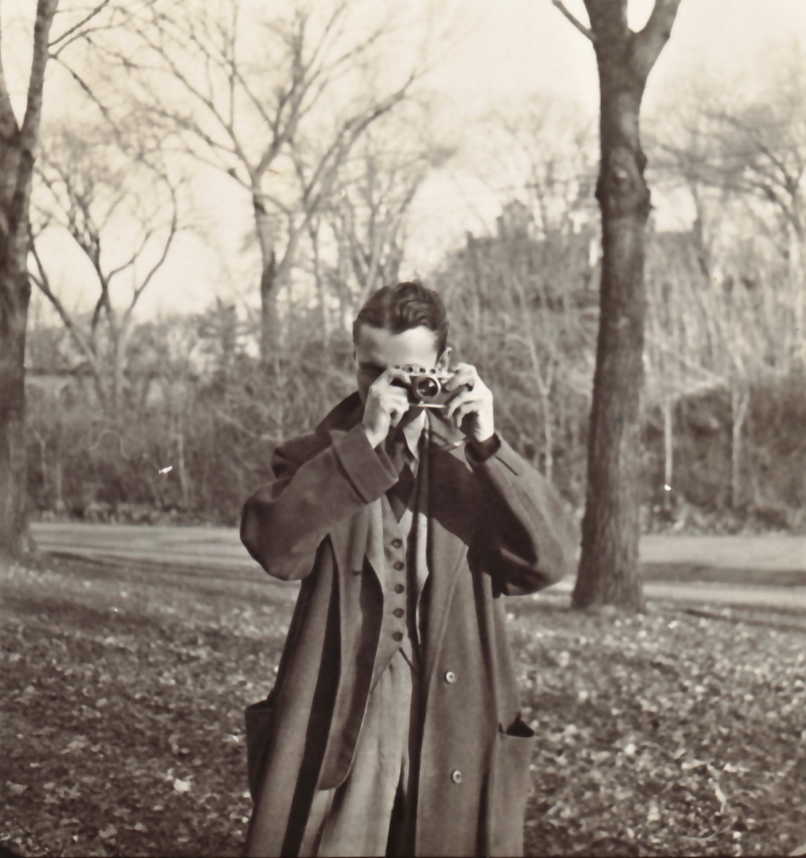
Photos of this road trip still survive almost 100 years later. in 1930, Robert Bredimus (our Dad) owned the only camera amongst his friends. Bob Cameron said our Dad taught him photography, which is a big deal since Cameron became a professional photographer with published a number of photographic books. I would love to see Dad’s photos of 1930s Paris, but never have.
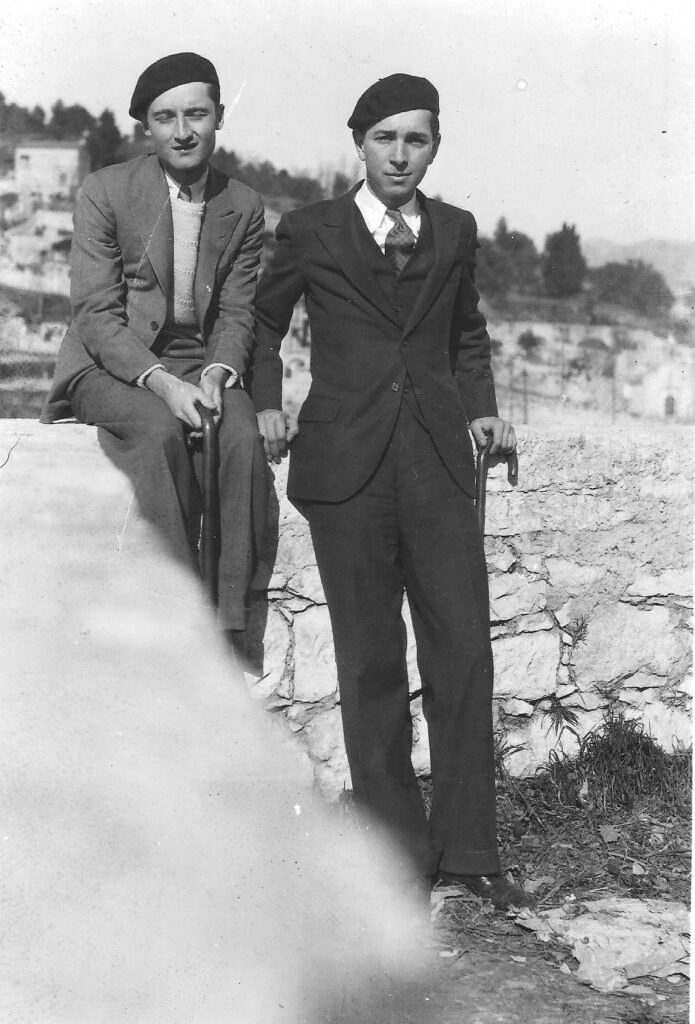
Was there anyone else along with them who photographed the two them wearing their dapper Berets and holding canes? It would seem so since there were no selfies and tripods were bulky.
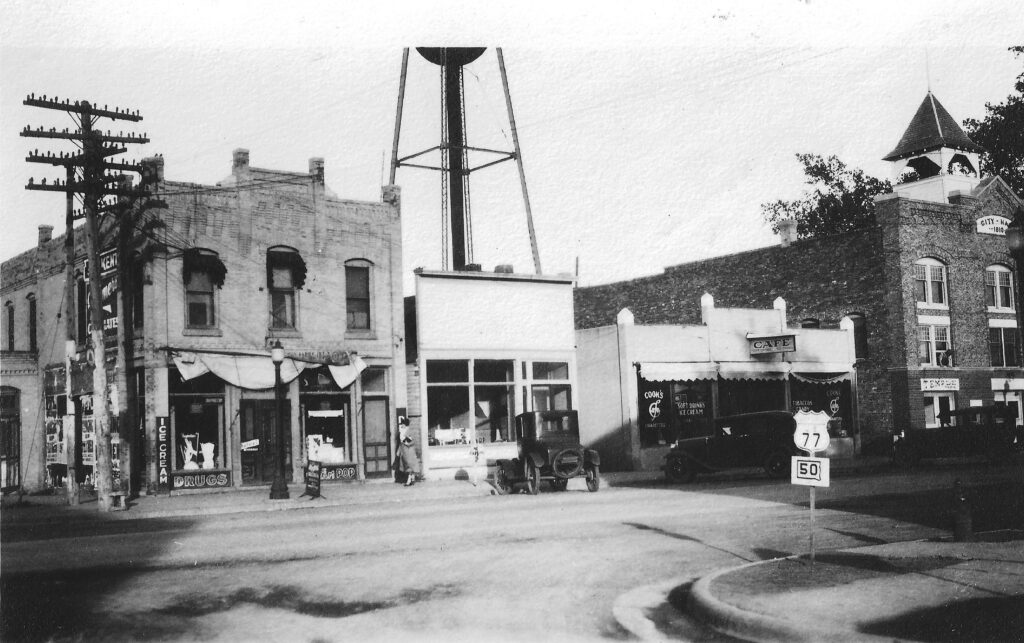
Kent Drugstore in Pinard Building, 220 Main Street, Jefferson SD, Union County.
The photos in this article have some historical significance. Since this trip was in 1930, the young men were venturing into the “Wild West”. The Wounded Knee Massacre occurred on the Pine Ridge Indian Reservation in 1890 – just 40 years before their trip. That is not very long when you consider many of us living now were heavily influenced by the 1980s.
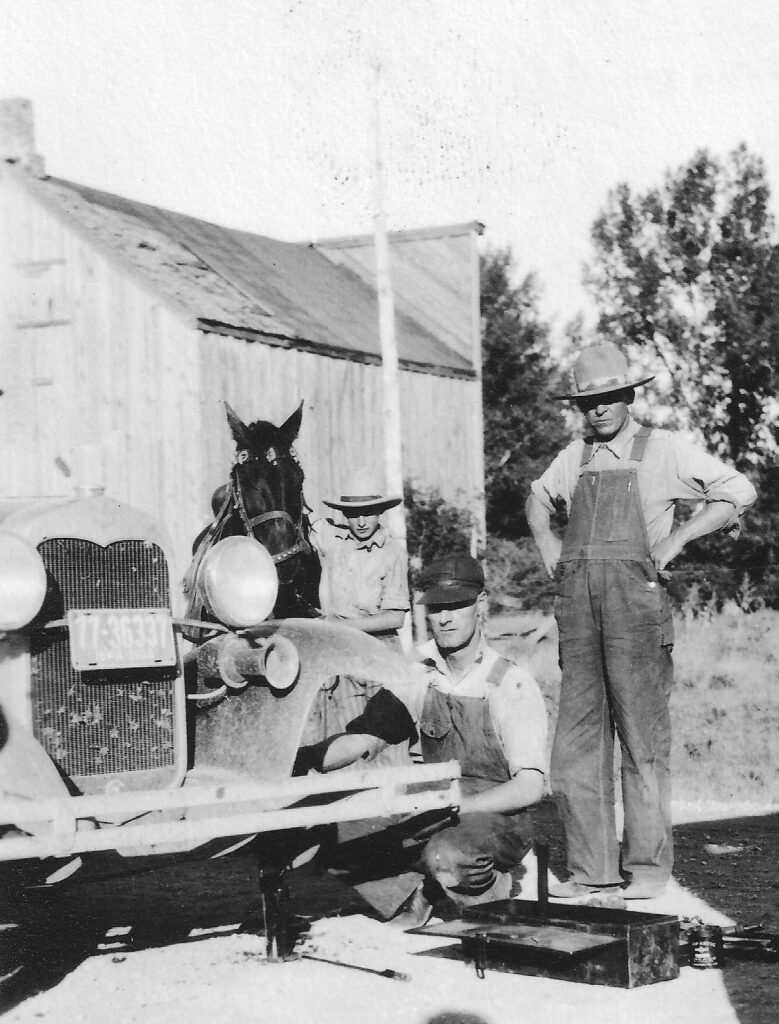
Ford Model A – with Iowa license plate 1930 77-36337. What is the model year (could only be 1928 to 1930)? How much did our father pay for this vehicle?
The boy with his horse seems to be wondering if a broken-down car can ever compare to his reliable horse. I’ve never heard the story of these helpful men who so graciously repaired the flat tire. Driving hundreds of miles on unpaved roads would take a toll on tires. In those days, car tires had inner tubes so repairs required patching the rubber tube. First the tube must be checked for the leak usually by submerging it in water and watching for bubbles.
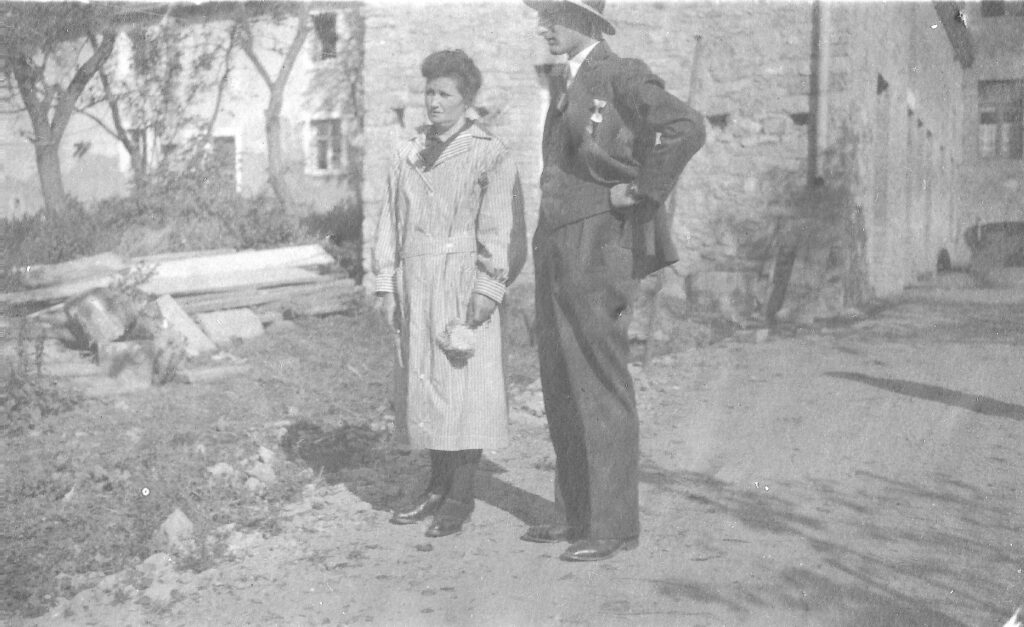
Mme Durbach is wearing a stylish “Duster” car coat. Driving was a dusty business in the days before paved roads.
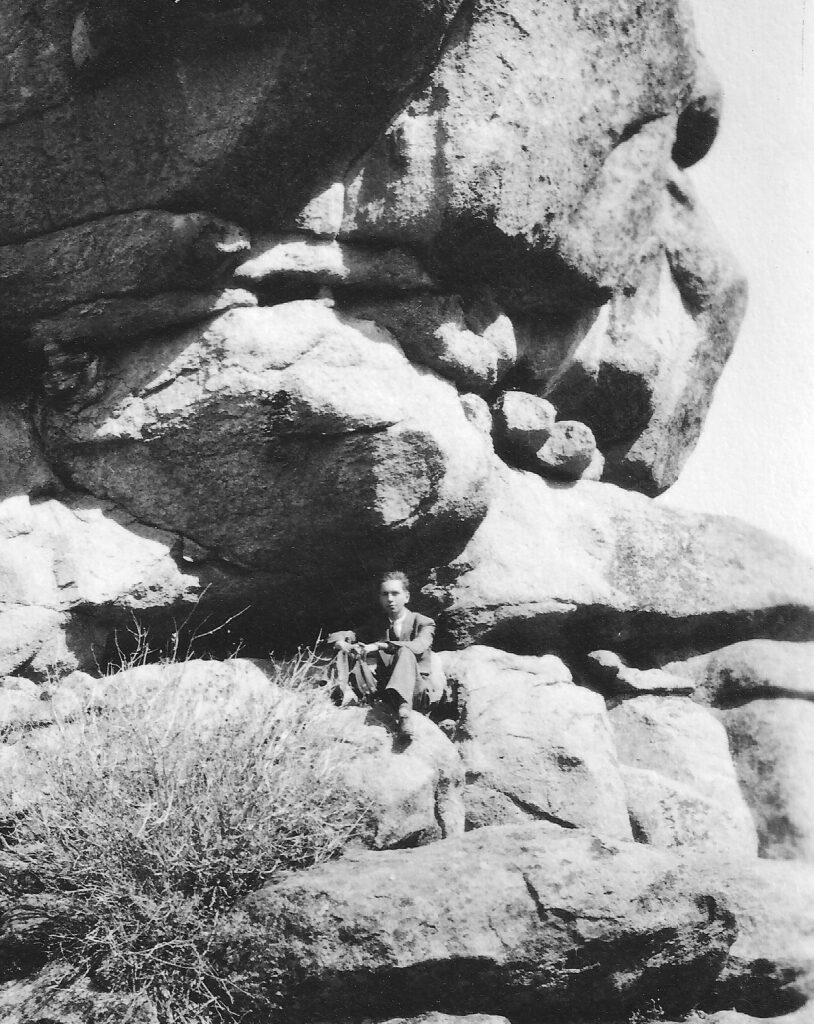
I have searched for this rock formation but did not find a location. Maybe someone will leave a comment or contact me.
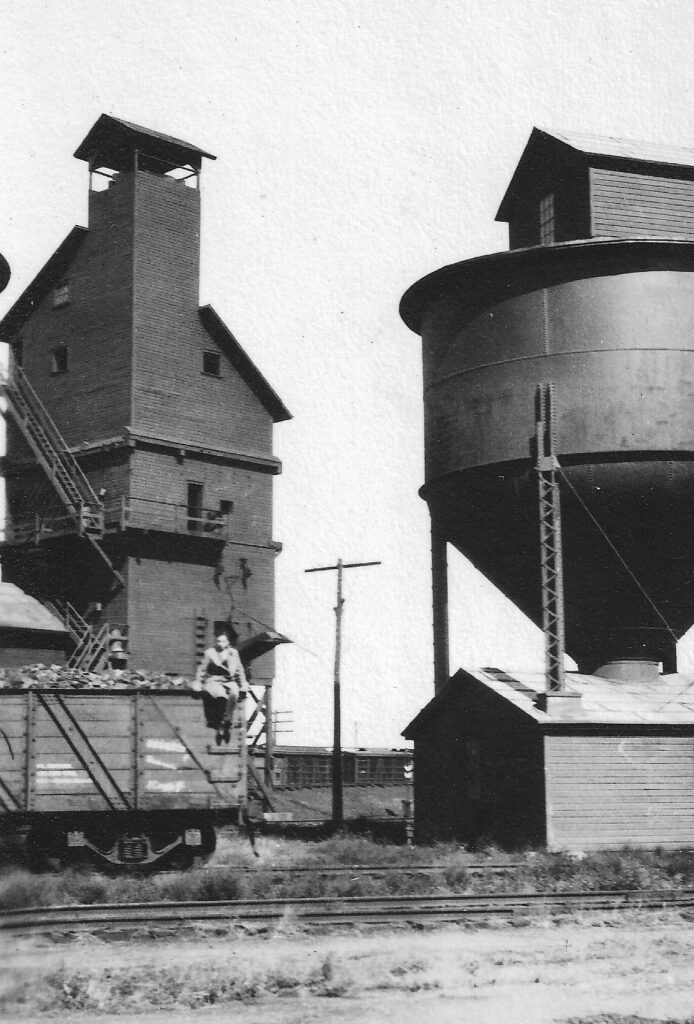
Railroads were a very big deal and high technology in my father’s youth. He would have been amazed by this fueling stop with a huge coal tower and a massive water tank. Trains were still steam engines burning coal and emitting puffs of steam. That’s Dad sitting on top of a rail car.
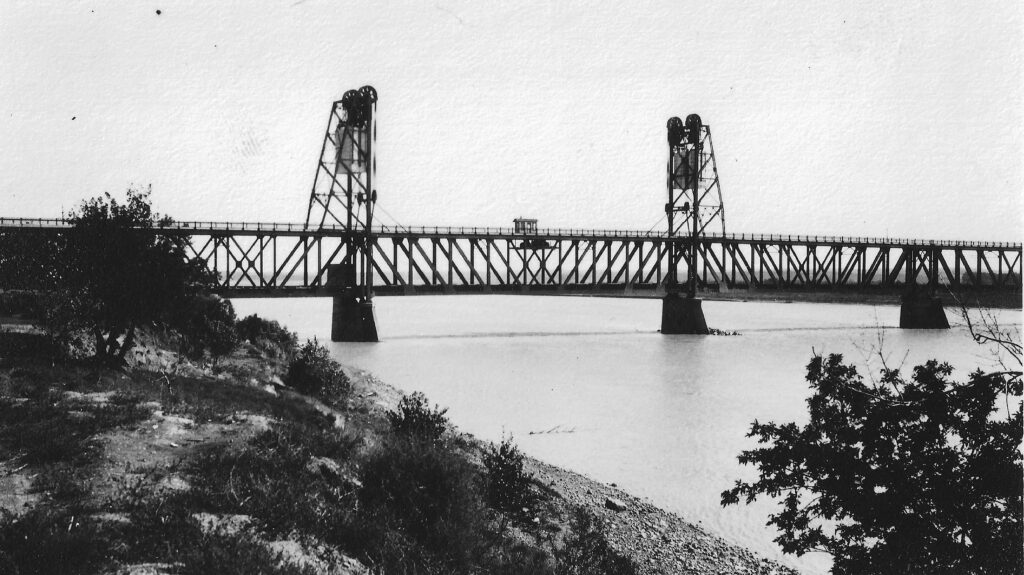
The boys must have been impressed by this bridge design, which was an engineering marvel in its day. Note the mechanical structures to lift the bridge section above boat traffic on the Missouri River. This bridge still exists, but only for foot traffic.
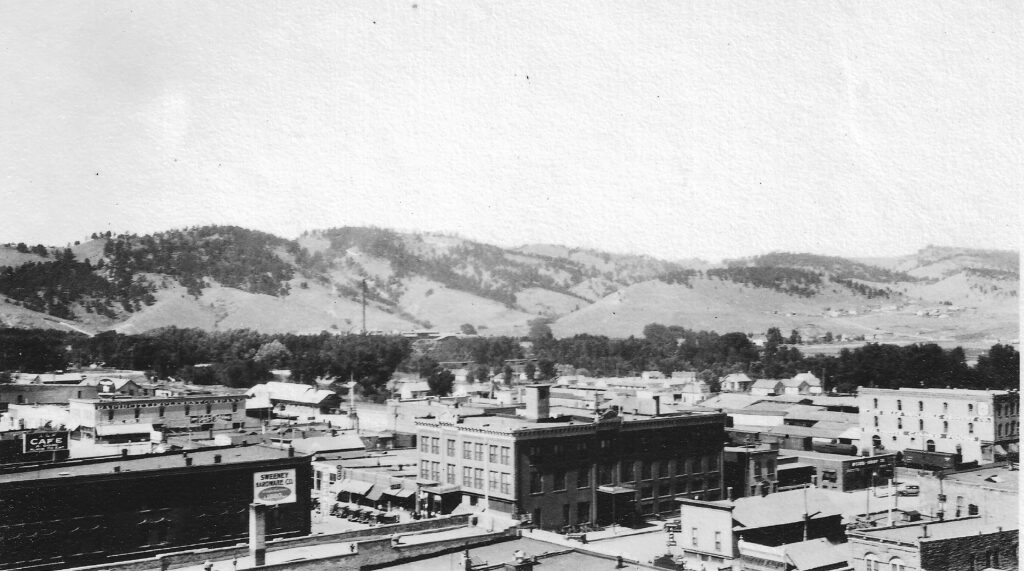
The hotel was built by its namesake, Alex Carlton Johnson, a Railroad pioneer. Our Des Moines Roadtrippers would have paid about $5 per night for a hotel room and the place might have been empty so soon after the 1929 stock market crash. The photo above was probably shot from their room.

Construction began on August 19, 1927, just one day before work began on nearby Mount Rushmore and the hotel opened on July 1, 1928. Alex Johnson took action on his dream of constructing a “Showplace of the West”, which would be a tribute to the Native Americans and Black Hills that surrounded him. 523 SIXTH ST. RAPID CITY, SD, 57701
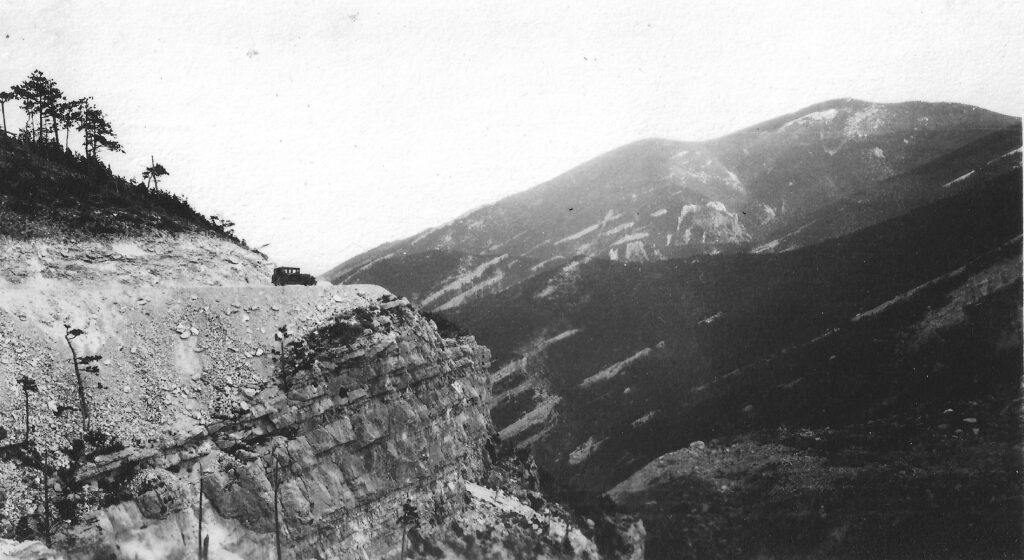
“Muddy Pass” seems a foreboding name when the roads were unpaved.
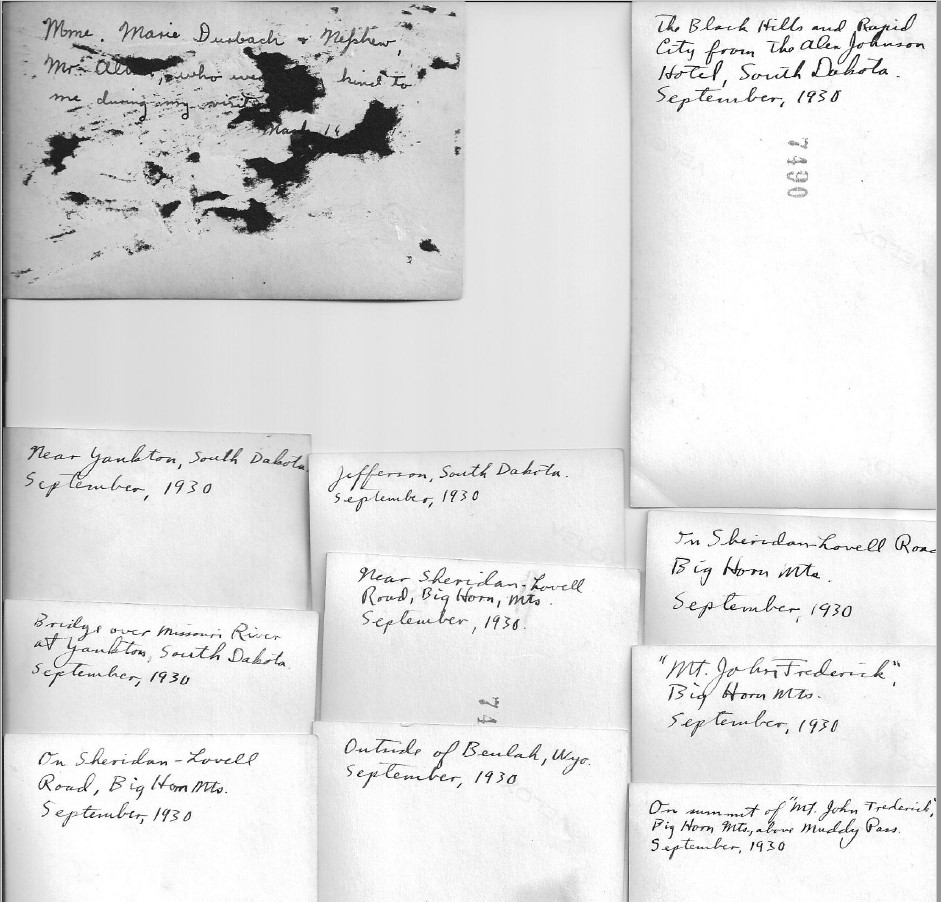
September 1930
Mme Marie Durbach and Nephew Mr Al… ho were very kind to me during my visit (March 16, 1930)
The Black Hills and Rapid City from the Alex Johnson Hotel
Sheridan-Lovell Road, Big Horn Mountains
Mount John Frederick
Outside of Beulah, Wyoming
On Summit of Mount John Frederick above Muddy Pass



My father’s birthday was May 17th. Happy Birthday, Dad!